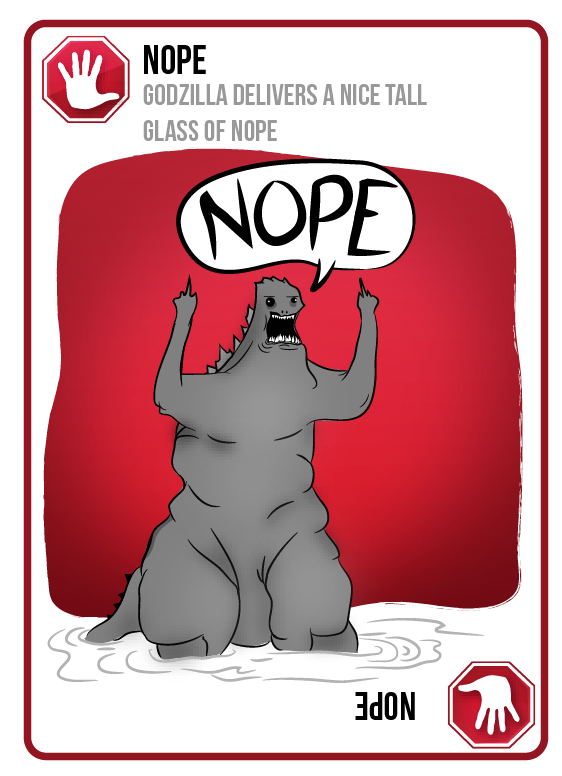Part 2 of my “Dear Diary” series for Giving Birth with Confidence brings us to 1920. You can read the full, historical fiction piece here.

Episiotomy without consent
Episiotomy, (sometimes called a perineotomy) a cut from the vagina towards the anus (midline) or a bit to the side (medio-laterally), was once a routine procedure for obstetricians during the pushing phase of labor. Sounds pleasant, doesn’t it? Ok, no, not really…
So, what’s up with this episiotomy without consent, as mentioned in the “Dear Diary” story? Let me take you back in time, specifically to the Chicago Lying-in Hospital in 1920. Dr. Joseph Bolivar DeLee wrote and published a paper called, “The Prophylactic Forceps Operation”. In it, he takes childbirth from a natural, normal occurrence and makes it something pathological that requires preventative intervention. He wanted to elevate the profession of obstetrics to a higher status among other fields of medicine and he needed a reason to do so.
Labor has been called and still is believed by many to be a normal function. It always strikes physicians as well as laymen as bizarre, to call labor and abnormal function, a disease, and yet it is a decidedly pathologic process. Everything, of course, depends on what we define as normal. If a woman falls on a pitchfork, and drives the handle through her perineum, we call that pathologic, abnormal, but if a large baby is driven through the pelvic floor we say that is natural and therefore normal. If a baby were to have its head caught in a door very lightly, but enough to cause cerebral hemorrhage, we would say that it is decidedly pathologic, but when a baby’s head is crushed against a tight pelvic floor, and a hemorrhage in the brain kills it, we call this normal, at least we say that the function is natural, not pathogenic.
In both cases, the cause of the damage—the fall on the pitchfork and the crushing of the door—is pathogenic—that is, disease-producing, and in the same sense labor is pathogenic—disease-producing, and anything pathogenic is pathologic or abnormal.
See, if birth is normal, then we really only need to catch the baby, which anyone can do. We only need an OB if there is a problem – and then we *really* need one! So, DeLee created a problem that needed solving. (He sounds like a rather expert marketer to me.) One aspect of the problem he created was he wanted women to come out of childbirth looking “virginal” at their perineums. Yes, you read that correctly, “virginal”.
Now, should virginal conditions be restored? Did not nature intend women should be dilated in the first labor so that subsequent children will come easily? Are not the lacerations normal?

Right. Moving on…
DeLee makes a big leap and says,
We can take direct action to save the fascial and muscular structures of the pelvic floor, in addition to practicing the measures just mentioned for preserving the connective tissues of the upper pelvis. By incising the fascia at its most vulnerable point, and reuniting it after delivery, we are almost always, not invariably, able to eliminate all damage to the pelvic floor.
Except that this is not an evidence based statement. He makes a huge assumption to justify this new method of birth which is fully controlled by the doctor while the mother is unconscious during her labor with a “Twilight Sleep” birth. So, the mother is unable to consent to anything being done to her body.
I can’t even begin to tell you how angry that makes me. Informed consent/refusal are one of the core topics of my childbirth classes. We, as women and mothers, need and deserve respect. A lack of informed consent for any medical test, procedure or medication shows a profound lack of respect for the mother from the medical care providers.
DeLee’s writing firmly illustrates the “doctor as god” concept. This is the idea that the doctor knows best in all cases and should not be questioned. His entire paper reads as self-indulgent with an air of superiority. He speaks of how he can “save” mothers and babies with his techniques. His arrogance is profound.
As for the forceps operation—in skillful hands the danger is nil. By means of the head stethoscope we are able to recognize danger to the infant from asphyxia, and since the resistances of the soft parts are gone, there is no compression on the child’s brain. We should not blame the operation for faults made in its performance.
So, where does this leave us? Thankfully, in 2016, where you can affect the outcome of your birth and avoid unnecessary medical interventions. These tips will help.
- Mothers need to know their legal rights during childbirth and advocate for them.
- Mothers should feel comfortable asking questions of their doctors and midwives.
- Partners play an important support role physically, emotionally and intellectually. Their advocacy is of the utmost importance during pregnancy and birth.
I am grateful that we are beyond the days of Twilight Sleep. However, we still have a long road ahead. Some mothers still have episiotomies and other medical procedures done without consent and are treated disrespectfully during labor by some staff members. Hopefully, you and I, dear reader, can make birth better for our daughters when their time comes to be mothers years from now.
Resources
- The Unnecesarean, Joseph Bolivar DeLee and the Prophylactic Forceps Operation
- AJOG, The prophylactic forceps operation
- Dear Diary, Birth Stories of the Past – 1920
Please support The Silent Mother by becoming a patron through Patreon.
Your generous donation allows me to keep writing.

Leave a Reply